Scotland has 33 new towns - where are they and what's it like living there?
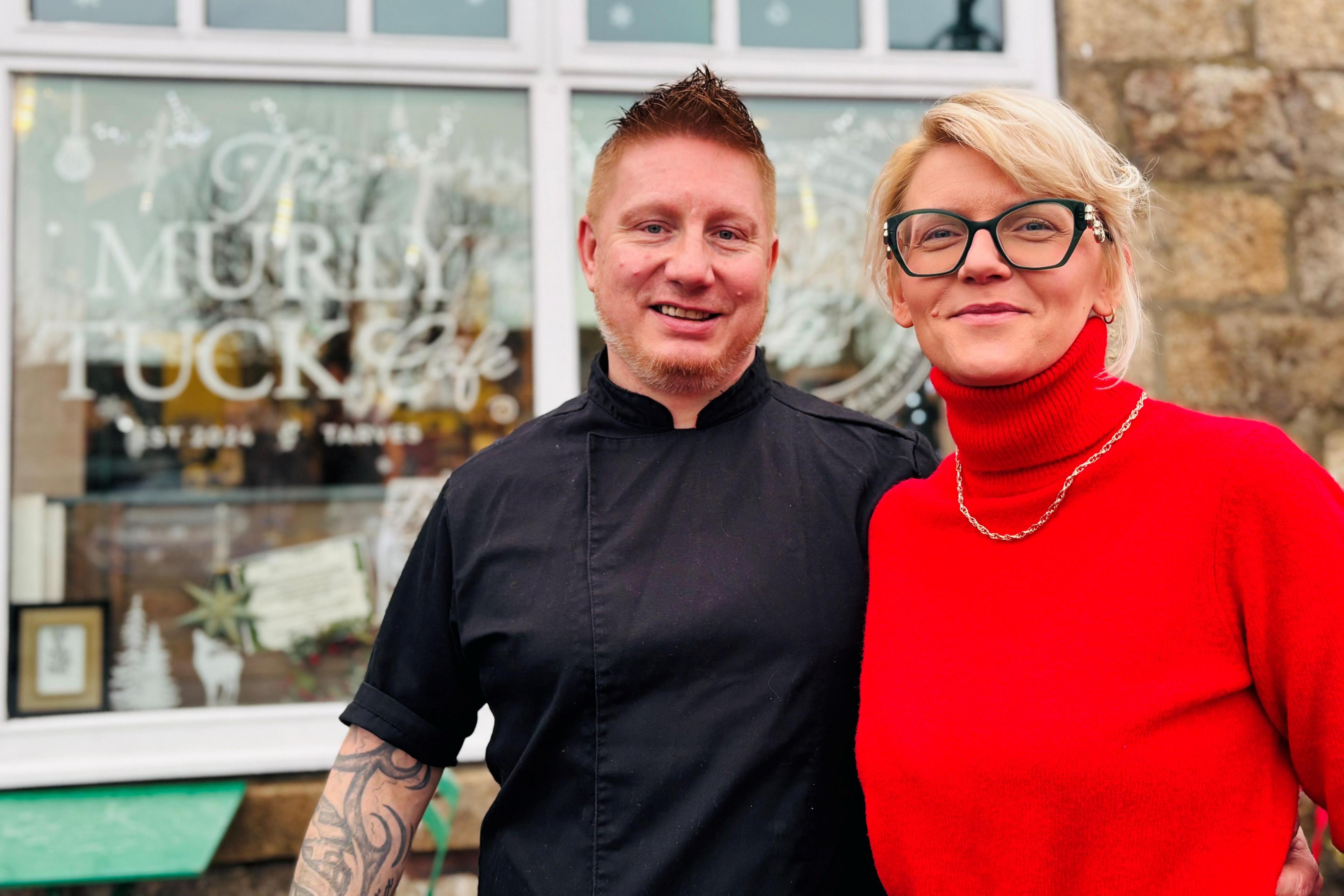
Lukasz and Edyta Kranz said Tarves was a good place to raise a young family
- Published
Until recently, Tarves in Aberdeenshire was considered a village - rural, picturesque, quiet.
But thanks to a series of new housing developments more young families have moved to the area, and it has seen its population swell to more than 1,000. , external
That means it is now considered a town - and it is one of 33 former villages spread across Scotland which have been reclasssified as towns in the last 11 years.
Data from Understanding Scottish Places (USP) shows that there are now 509 new towns in Scotland, compared to 479 in 2014.
Five of the new towns are in Aberdeenshire, with four in Fife, and three in each of Angus, Highland, and the Borders, with the rest spread across the country.
Although there have been some purpose-built towns - including Countesswells on the outskirts of Aberdeen - others have emerged through growth, particularly within commuting distances of cities.
However Findochty in Moray, Gowkthrapple in North Lanarkshire, Kingskettle and Kettlebridge in Fife, Addiebrownhill in West Lothian, and Maxwellheugh in the Borders have fallen off USP's list of towns.
The data also suggests more than half of people in Scotland - 53.8% - now live in a town with a population of between 1,000 and 50,000 people.
BBC Scotland News has spoken to people in Tarves about the changes they have seen in their new town.
Edyta and Lukasz Kranz, who are originally from Poland, bought the Murly Tuck cafe in Tarves after moving there almost two years ago.
They are among those who moved into some of the new housing, where they live with son Mason, 10, and five-year-old Alice-Rose.
"I think it is a bit busier, definitely, more people," Edyta, 37, said. "But I think it's still got that village feel.
"There are a lot of new houses, there are quite a lot of new faces.
"Tarves is known as a good community and the people are very welcoming.
"It's all good, especially for us as a local business. I take more people as improving. It's a new energy."
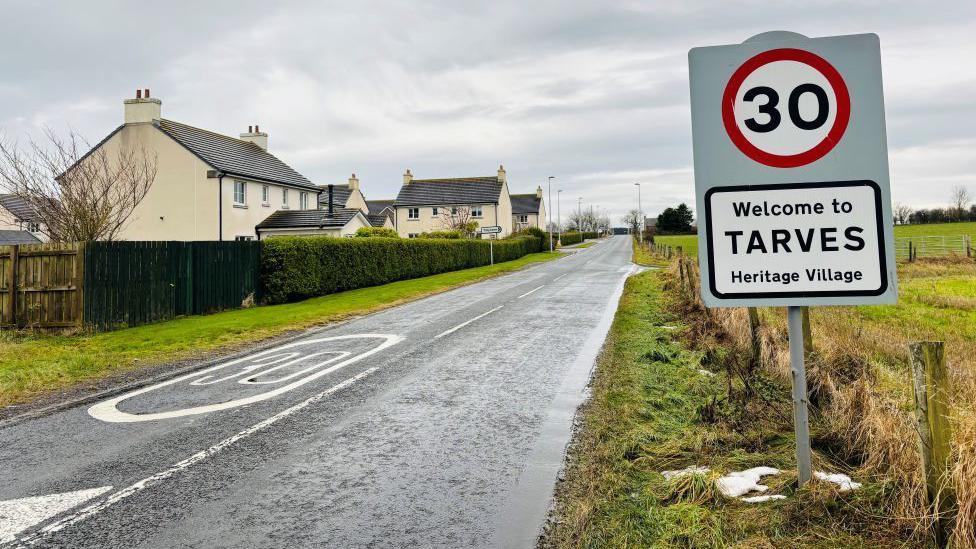
Tarves has seen new housing spring up in recent years
The cafe name Murly Tuck is traditional locally, a phrase meaning the snack of oatcakes crumbled into milk.
Edyta and Lukasz, 43, kept the name when they bought it, and see themselves staying in Tarves for the long term.
"When we moved, everyone said Tarves was in the middle of nowhere, but it's close to everywhere," she said.
"People stay here a long time, that makes you think it's a good place to stay.
"It's safe, the children can play outside."
Edyta added: "Everyone says hello. I was putting the Christmas decorations up at the window, whoever passed on the pavement was waving to me, it was so nice - you would not get that in a big city."
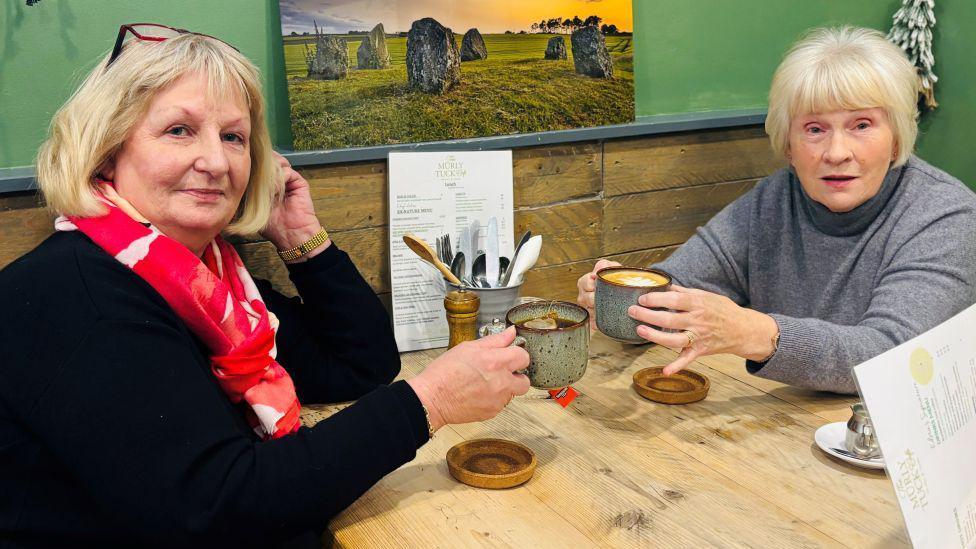
Morag Davidson and Joyce Duncan said Tarves had changed over the years
As well as the cafe, Tarves features businesses such as a pub, a local shop, a chemist, and hairdressers.
Enjoying a hot drink and cake while sheltering from the rain were Morag Davidson, 68, and 75-year-old Joyce Duncan.
"I have been here nearly 40 years," retired administrator Morag said.
"When we first came there was a butcher and baker, the population has really expanded with all the new housing. It was a small village."
She said Tarves could not stand still, explaining: "It's a sign of the times. Much as we love our wee village, that is not sustainable."
Retired care home assistant manager Joyce said she thought a growing population helped older people start to communicate with other people and get new companions.
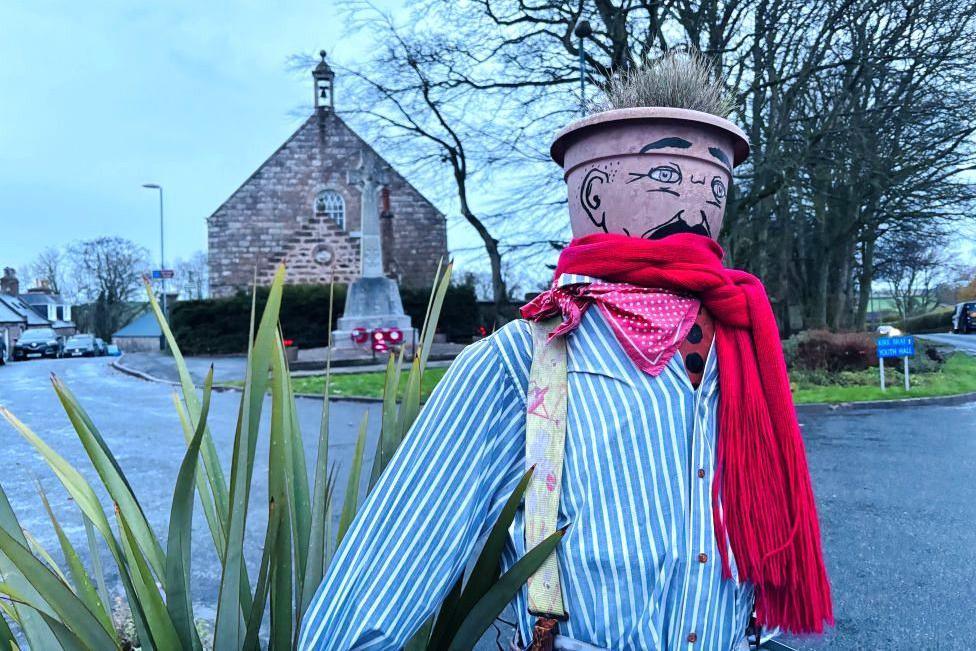
Tarves is a small rural community
Stacey Barr, 46, is a freelance graphic designer in Tarves.
Her husband Matthew, an oil industry project manager, grew up in the town.
They moved from Ellon back to Tarves in 2010, where they live with daughters Ayla, eight, and 10-year-old Emmy.
Stacey said it was "quite interesting" to no longer be classed as a village, and that some people might be upset.
"It does not bother me at all, it brings more money to the village, the more people spending money the better," she said.

Stacey Barr said the local primary school was now much busier
Stacey said she was unsure if the local primary school could take any more pupils, and that traffic was also definitely busier through the town.
"Quite a lot of people here are from Tarves (originally) and come back," she said.
"A lot of families have one parent who grew up here."
She said she thought more facilities were needed for teenagers.
"It's a nice community," she added.
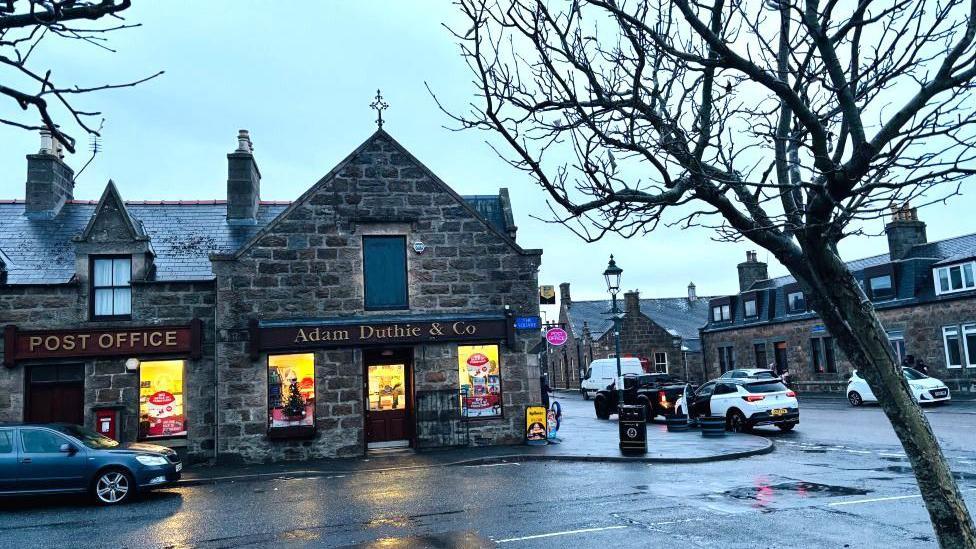
Tarves is just over a half hour drive from Aberdeen
Reece Cormarck, 24, who was visiting his girlfriend in Tarves, comes from nearby Rothienorman - which also happens to be one of the latest new towns.
"There are so many new houses getting built, it's good for our communities getting new people," he said.
"It's a good thing for the little businesses, like farm shops, and the schools are getting more pupils.
"It's nice to meet new people, but it's still nice and quiet to live in."

Reece Cormack said growth was good news for both Tarves and Rothienorman
Reece, who works in Aberdeen at an industrial equipment supplier, added: "I enjoy living in the countryside.
"Folk think it's far away from everything - but it's not.
"It's not a long commute to work, although in bad weather it's not the greatest.
"Expanding can only be a good thing."
The Understanding Scottish Places update, external was led by a team from Scotland's Towns Partnership (STP) and the University of Stirling.
The university's Anne Findlay, who analysed the data, said: "The growth of towns is one of the most important outcomes from the work we've done.
"I certainly didn't expect that we would see the number increase from 479 to 509.
"I hope the data will spark a lot of conversations, including how towns could develop in future."
The work was supported by the Scottish government.
Deputy First Minister Kate Forbes said: "As a tool, the information it provides is instrumental in supporting local authorities, businesses, communities and other partners to inform planning and investment decisions to improve Scotland's places.
"Everyone working in towns and places in Scotland should ensure they make use of it."
- Published1 September 2017
